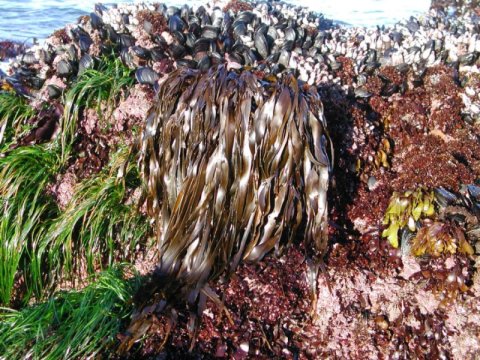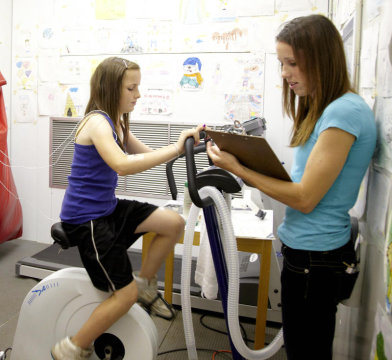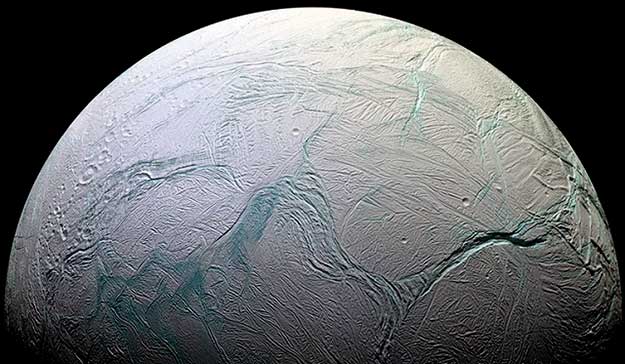For millions of people on the planet “desert” is a terrible word, a synonym for hunger, thirst and death. Huge areas lacking water, and hence life, just keep growing and growing, and until recent times nothing could be done about it. Our current Water-gallery presents projects that have challenged the drought, as well as people that turn dead lands into blooming oases in the most unusual ways.
1. Israeli agricultural miracle. No wonder the farmers of the Promised Land serve as an example to the whole world. And perhaps their most impressive achievement is the narrow valley Arava, between the Dead Sea and the Red Sea. It’s a giant vegetable garden, and the research institute in the same area. To begin with, there are almost no clouds over this desert – only the scorching sun and an average rainfall of 3 cm per year. And, nevertheless, 60% of all Israel agricultural products are grown here. Pepper, melons and even capricious grapes feel just fine here. The technology in which this is possible is called drip irrigation. The essence of the method is a strict dosage of water supplied by special drippers to the root of the plant. Water is taken directly from the sea, freshening with installations based on pure solar energy. Also in Israel, sprinkler systems simulating precipitation are successfully used. This allows to evenly saturating the soil with moisture, and at the desired depth. Read more






